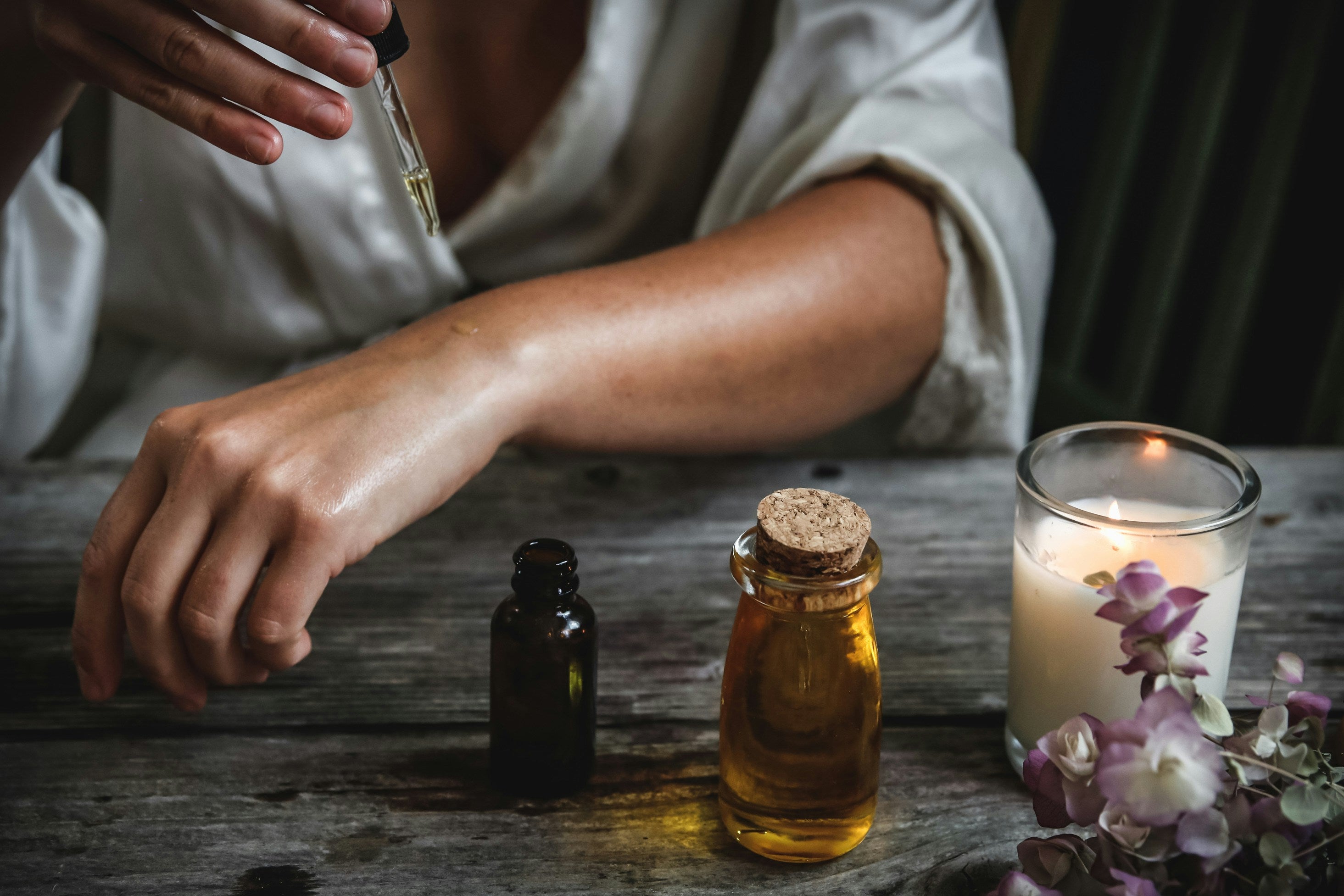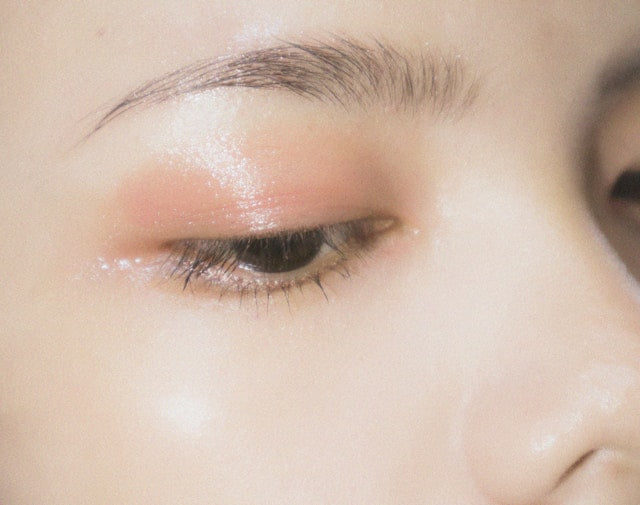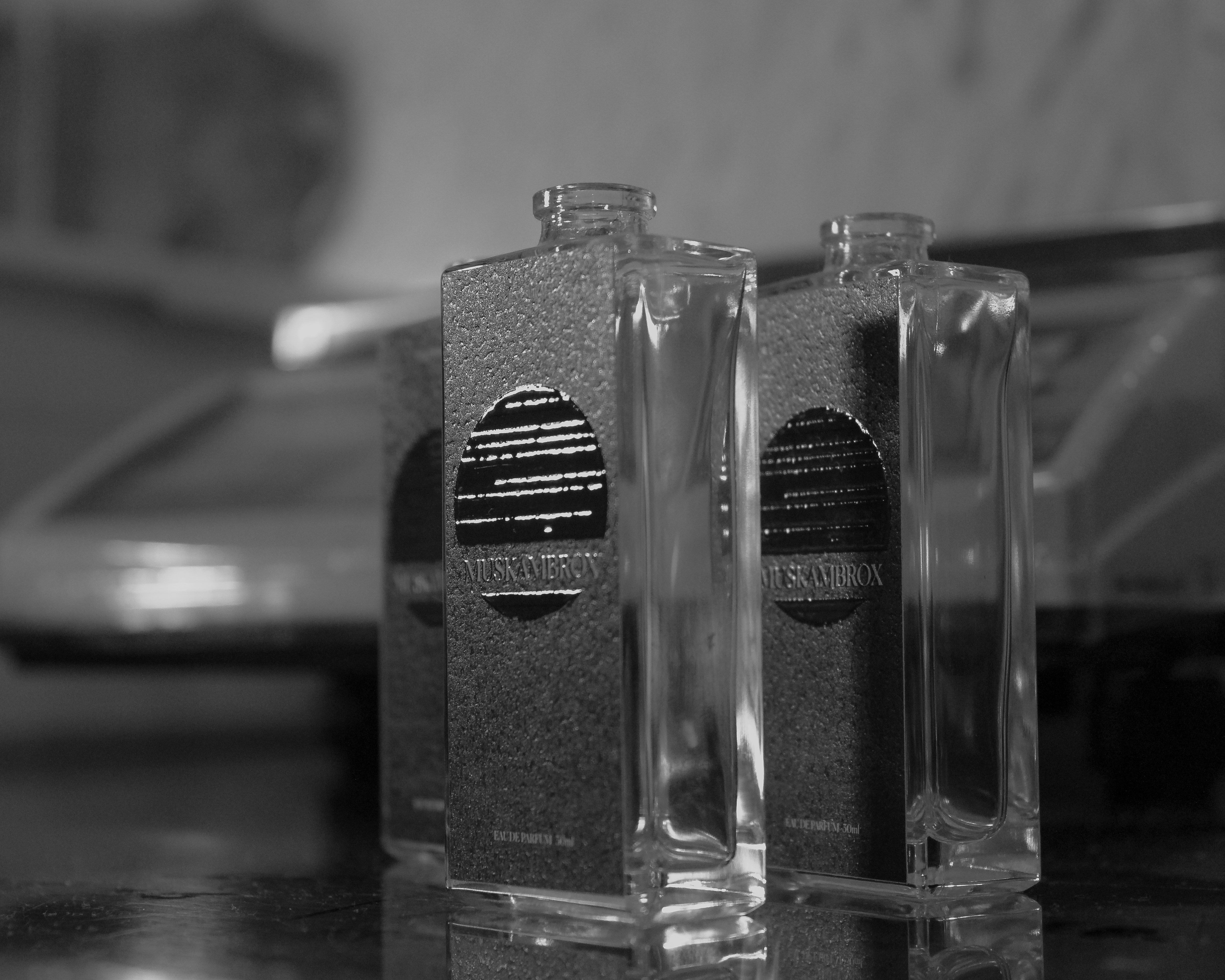The Fragrance Industry's "Made-Up" Scents and How They Became Iconic

The world of fragrance is often filled with mysterious and alluring scents that transport us to distant memories, places, and emotions. But what if I told you that some of these iconic "notes" or scents don’t actually exist in nature? That’s right—certain notes in your favorite perfumes are entirely constructed by the fragrance industry, assigned names that evoke a sense of luxury, warmth, or freshness, even though the substances themselves may not have any natural scent at all.
In this blog, we’ll explore how the fragrance industry has created famous notes like amber, musk, oud, and more, and how these "non-scented" ingredients became integral to some of the world’s most beloved fragrances.
1. Amber- A Warm, Sensual Classic That Doesn’t Actually Smell Like Amber
Amber is perhaps one of the most famous examples of a “made-up” fragrance note. In nature, amber is a resinous substance that doesn’t have any distinct smell of its own. However, the fragrance industry has transformed amber into a warm, resinous note that is often described as sweet, earthy, and musky—an essential ingredient in many oriental perfumes.
So, how did amber gain its characteristic scent? The fragrance industry combines various natural ingredients like labdanum, benzoin, and tolu balsam to create an amber accord, which evokes a rich, golden warmth. Amber’s scent is typically used in perfumes to add depth, complexity, and a cozy, comforting vibe.
2. Musk- A Modern Scent with Historical Roots
Musk is another fragrance note that doesn’t actually exist in its natural form in the way we perceive it in modern perfumes. Historically, musk was derived from the glands of the musk deer, but due to ethical concerns and sustainability issues, synthetic musks have replaced the animal-derived substance in most perfumes today.
In terms of scent, musk is often described as animalic, woody, and earthy. It’s used in modern perfumery to give depth and a soft, sensual quality to fragrances. While the original natural musk didn't have the clean, soft undertone we associate with it today, synthetic musks have been engineered to create the smooth, velvety finish many fragrances depend on.
3. Oud- The Mysterious, Smoky Note with a Deep History
Oud (or agarwood) is a scent that has a deep, almost mythic reputation in the world of perfumery. While agarwood itself has a distinctive, earthy, and woody aroma, it’s often described as smoky, rich, and almost animalic, and it’s prized for its complex and multifaceted fragrance. What makes oud intriguing, however, is that the scent profile of oud is actually a result of the infection of a specific type of tree by a mold, which then produces a resin with a complex scent.
This natural process can vary, and the oud scent found in perfumes may differ widely based on the synthetic or natural oud used. While the oud accord has been heavily marketed as a rare and exotic note, the industry has helped define the way it smells, making it synonymous with luxury and elegance, even though its origin story is rooted in an almost mystical transformation.
4. Sea Breeze- A Fragrance Inspired by the Ocean (Without the Salt)
When you think of a “sea breeze” scent, you likely imagine a clean, fresh, and slightly salty smell. However, the scent of the ocean doesn’t actually contain the notes that the fragrance industry associates with it. Sea breeze scents are typically made by blending fresh, green, and aquatic notes like citrus, violet, moss, and ozone—but no actual salt from the sea. The resulting fragrance evokes the sensation of the ocean, even though it’s not an accurate representation of the air on the beach.
Perfume houses use these notes to capture the feeling of freshness and vitality that comes with being near the water, without having to rely on the natural scents of the sea, which are often far too harsh or briny to be used in fragrances.
5. Leather- A Tough Scent with a Soft Touch
Another "created" note is leather. While leather goods, of course, have a scent of their own—rich, smoky, and slightly animalic—the scent of leather used in perfumes is entirely synthesized to evoke the feeling of luxury and ruggedness. The leather accord used in fragrances is often made up of birch tar, labdanum, and other smoky, woody elements. The result is a note that smells sophisticated and strong, but it's far removed from the actual scent of leather itself, which is often too harsh or overpowering to be used directly in perfume.
Fragrance as Art and Innovation
The fragrance industry is a world of creativity, blending both natural and synthetic ingredients to craft olfactory experiences that are greater than the sum of their parts. From the warmth of amber to the smokiness of oud, many of our favorite scents have been constructed, reimagined, and carefully designed to evoke certain emotions, memories, or experiences.
While some of these "notes" don’t actually exist in nature the way we perceive them in perfume, they serve as powerful symbols of luxury, warmth, and elegance. The next time you spritz your favorite fragrance, take a moment to appreciate the art and innovation that went into creating those familiar, comforting scents.



